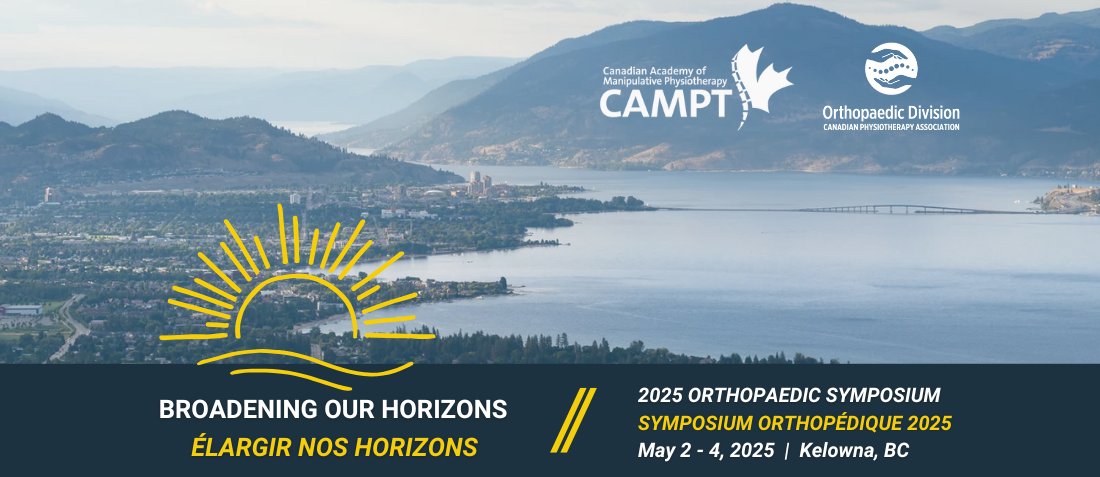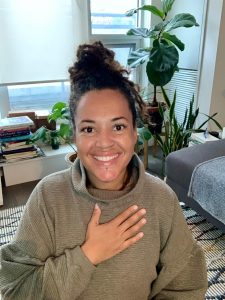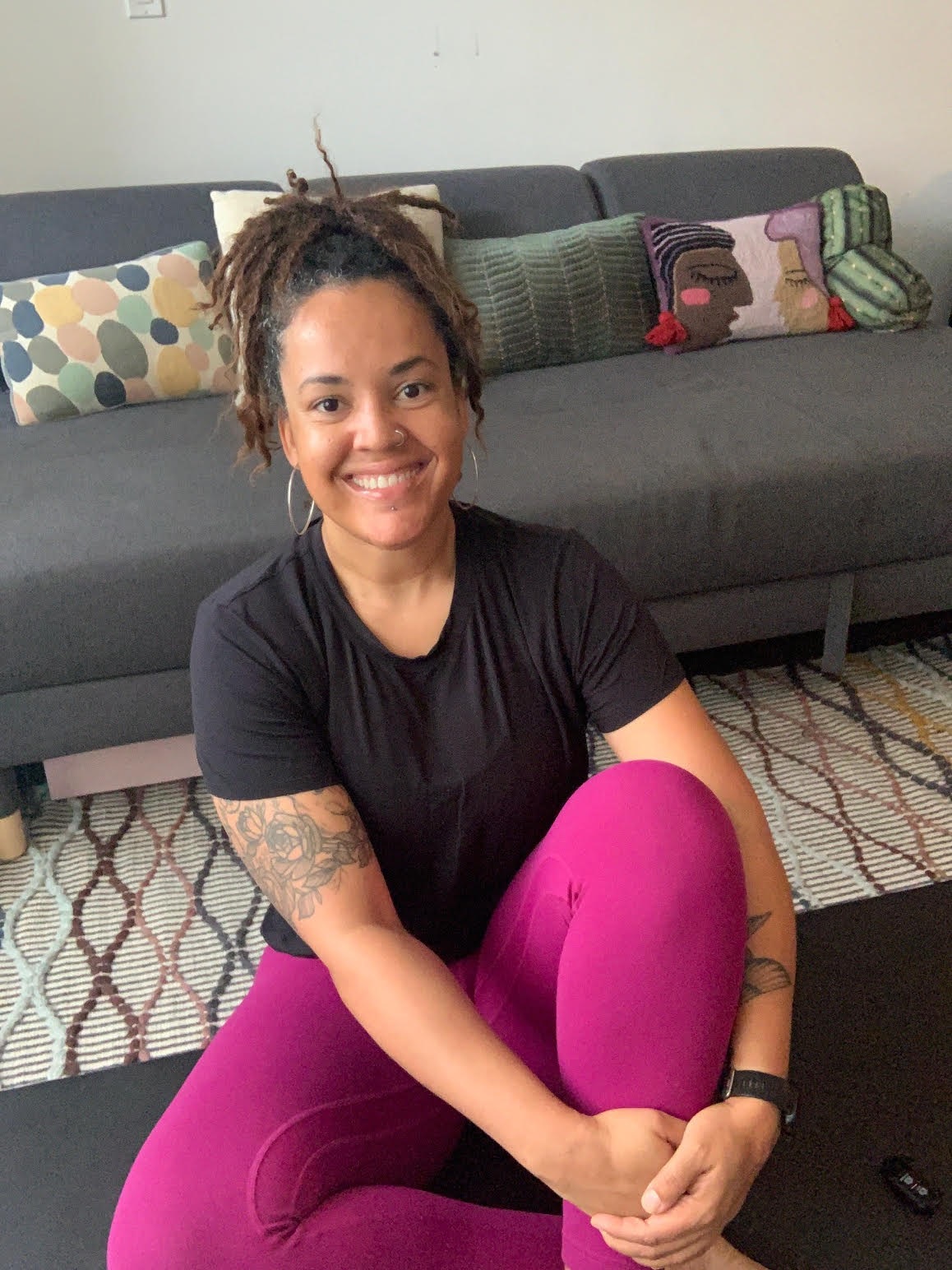The immediate effects of Tai Chi on the postural stability, muscle activity and measures of inferred ankle proprioception of healthy young adults (15 min)
Tai Chi has often been applied in research among older adults to affect postural stability and proprioception in the lower limbs; however, little is known about the effects Tai Chi may have in these domains among healthy young adults. Therefore, the aim of the present study was to investigate these potential effects. A total of 30 healthy young adults were randomized to either an experimental group or control group. To assess postural stability, both groups performed a pre-intervention postural stability task under eyes open/closed and firm/foam surface conditions, while center of pressure-based measures of mean sway velocity (MSV) and 95% elliptical area (EA) were collected. For the intervention, the experimental group was engaged in a 15-minute Tai Chi task, while the control group sat comfortably in a chair. Post-intervention measures were then collected using the same protocol as the pre-intervention measures.
Bio:
Dr. Paolo Sanzo is an Associate Professor in the School of Kinesiology and at the Northern Ontario School of Medicine at Lakehead University and the Director and Physiotherapist at Active Potential Rehabilitation Services. He is also an instructor and chief examiner for the Orthopedic Division of the Canadian Physiotherapy Association. Dr. Sanzo was the elected past Member Organization Delegate for Canada and was appointed to the executive committee of the International Federation of Orthopaedic Manipulative Physical Therapists in October 2017. His research interests are in the area of rehabilitation and sports medicine. More specifically, his research integrates the clinical, biomechanical, and physiological aspects of human movement and gait analysis. It also includes the exploration of the medical and clinical uses and effects of extracorporeal shockwave therapy as it applies to failed tendon and bone healing responses, the clinical application and rationale for the use of therapeutic taping and bracing as an adjunct to rehabilitation and sport performance measures, the biomechanical analysis of concussion, manual therapy and length tension testing and the relationships between muscle and myofascial tissues in various musculoskeletal disorders, and the integration of medical technologies for both assessment and treatment purposes.. He has published articles in several peer-reviewed journals, authored four books on length tension testing techniques in the upper and lower quadrants, and serves as a reviewer for several journal titles.

 Bio:
Bio: Bio:
Bio:


